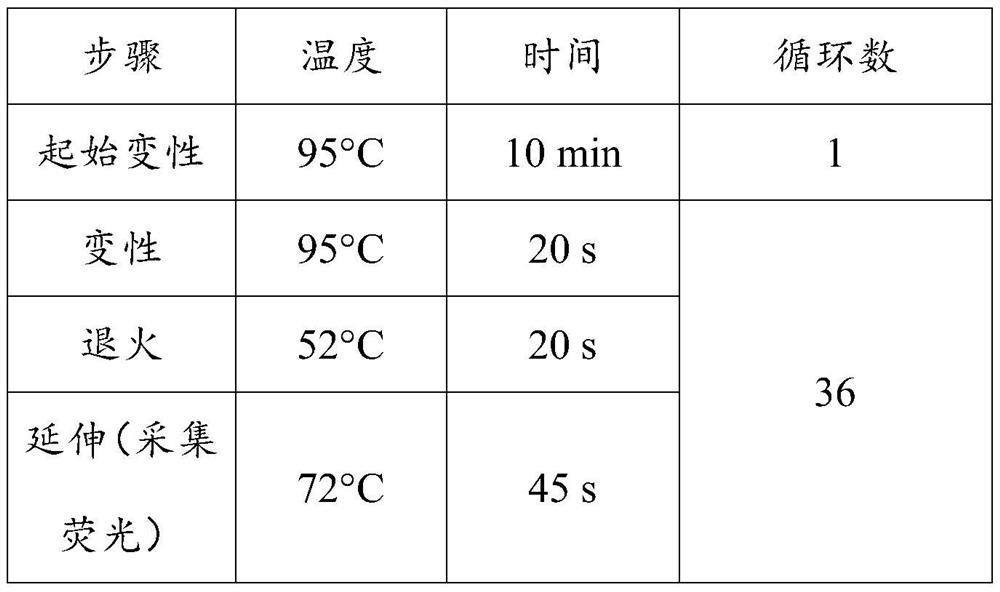Cell lysis method for activity detection of stem cell telomere prolongation protein
A technology of telomere extension and protein activity, which is applied in the field of A61 medicine, can solve the problems affecting the time and accuracy of detection of telomere extension protein activity, solution instability affects the time period of stem cell lysis, and the nucleic acid part and protein part cannot be effective at the same time Retention and other issues to achieve the effect of improving efficiency, improving accuracy, and reducing overall time
- Summary
- Abstract
- Description
- Claims
- Application Information
AI Technical Summary
Problems solved by technology
Method used
Image
Examples
Embodiment 1
[0028] The first aspect of embodiment 1 provides a cell lysis method for detecting the activity of telomere elongation protein of stem cells. The steps include the following steps: (1) collecting 3×10 cells to be tested resuspended in sodium chloride injection 6 (2) 0.1M phenylmethylsulfonyl fluoride solution, β-mercaptoethanol, lysis aid (0.1M sodium orthovanadate solution and 0.1M fluorine) Sodium fluoride solution, the volume ratio is 3:2) using cell lysis buffer to dilute 5, 20, and 5 times respectively, and add 0.5 μL of the diluted phenylmethylsulfonyl fluoride solution to 100 μL of cell lysis buffer. 0.6 μL of β-mercaptoethanol and 0.5 μL of the diluted lysis aid, then vortex and mix to obtain a cell lysate; (3) Add 66 μL of cell lysate to the cell pellet, and then carefully pipette the cells up and down with a pipette. 19 times, until the cells are dispersed evenly, and prevent the generation of air bubbles, lyse the cells on ice for 25 minutes (4) Centrifuge the lysed...
Embodiment 2
[0031] The specific implementation of this example is the same as that of Example 1, except that: 0.4 μL of phenylmethylsulfonyl fluoride solution, 0.5 μL of diluted β-mercaptoethanol and 0.6 μL of diluted lysis aid.
PUM
 Login to View More
Login to View More Abstract
Description
Claims
Application Information
 Login to View More
Login to View More - R&D
- Intellectual Property
- Life Sciences
- Materials
- Tech Scout
- Unparalleled Data Quality
- Higher Quality Content
- 60% Fewer Hallucinations
Browse by: Latest US Patents, China's latest patents, Technical Efficacy Thesaurus, Application Domain, Technology Topic, Popular Technical Reports.
© 2025 PatSnap. All rights reserved.Legal|Privacy policy|Modern Slavery Act Transparency Statement|Sitemap|About US| Contact US: help@patsnap.com



